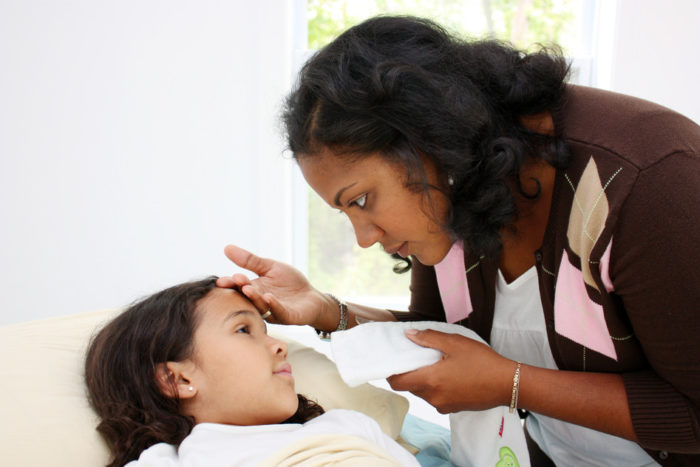It is not unusual for children to occasionally become fidgety, forget things, or cannot focus on one activity or task for longer periods. While you may be concerned when your child’s teacher tells you that he has difficulties focusing or that he daydreams in class, this still doesn’t mean that your child has ADHD.
However, hyperactivity, inattentiveness, and impulsivity can also be signs of attention deficit hyperactivity disorder (ADHD or ADD).
What is ADHD?
Attention deficit hyperactivity disorder is a medical condition that affects children and teenagers, but may also continue into adulthood. ADHD is the most commonly diagnosed mental health condition in children. According to the Centers for Disease Control and Prevention, the estimated number of children in the US is 6.1 million or 9.4 percent. Among these children, the highest prevalence of ADHD is between the ages of 6 and 11 (4 million children). ADHD is more often diagnosed in boys than in girls.
Research showed the differences in brain development and brain activity in children with ADHD. These differences affect a child’s attention, ability to focus and stay still, as well as their impulsivity and self-control. ADHD is a serious behavioral and mental health challenge for both children and their caregivers that affects the child’s life at home and school and his ability to get along with others.
The first step in helping your child cope with ADHD is recognizing symptoms of ADHD.
How to Tell ADHD from Normal Child Behavior?
The society often tends to label children with ADHD as troublemakers or being lazy. These kids often get criticized at home and school for being too fidgety and defiant. Yet, the reason for their behavior lays in attention deficit hyperactivity disorder that makes it difficult for a child to inhibit her spontaneous responses. It is, therefore, essential to recognize and address ADHD early.
The symptoms of attention deficit hyperactivity disorder usually appear before a child starts school. Recognizing ADHD during early childhood can be hard because young kids are typically easily distractible and hyperactive. However, by the age of five, most normally developing children develop the ability to sit quietly and listen when instructed to, to pay attention to tasks and other people, and to control their emotions.
Signs and Symptoms of ADHD
Inattentiveness
Children with ADHD are not generally incapable of paying attention. Quite the opposite, when they are engaged in activities they enjoy, kids with ADHD can even hyper-focus. But then, if they have to perform the task that they find repetitive or boring, these children get easily distracted or bored.
Furthermore, children with ADHD often struggle with organization and planning ahead. Children with ADHD often have difficulty remembering things and following instructions. They tend to make mistakes because they don’t pay attention to details.
Hyperactivity
Hyperactivity is maybe the most obvious sign of ADHD. Children with hyperactivity disorder cannot sit still without constant fidgeting. They are always on the go and multitasking. They may also talk excessively and have a quick temper, also known as ‘short fuse’.
Impulsivity
Self-control problems that children with ADHD struggle with are caused by their impulsivity. Children with attention deficit hyperactivity disorder tend to be moody and cannot censor themselves.
Also, they sometimes have exaggerated emotional reactions.
However, sometimes a child may show some signs of hyperactivity, impulsivity, and inattentiveness, yet not have ADHD. Seek help from your child’s doctor to determine whether they have ADHD or some other medical condition with symptoms similar to ADHD.


Leave a Comment